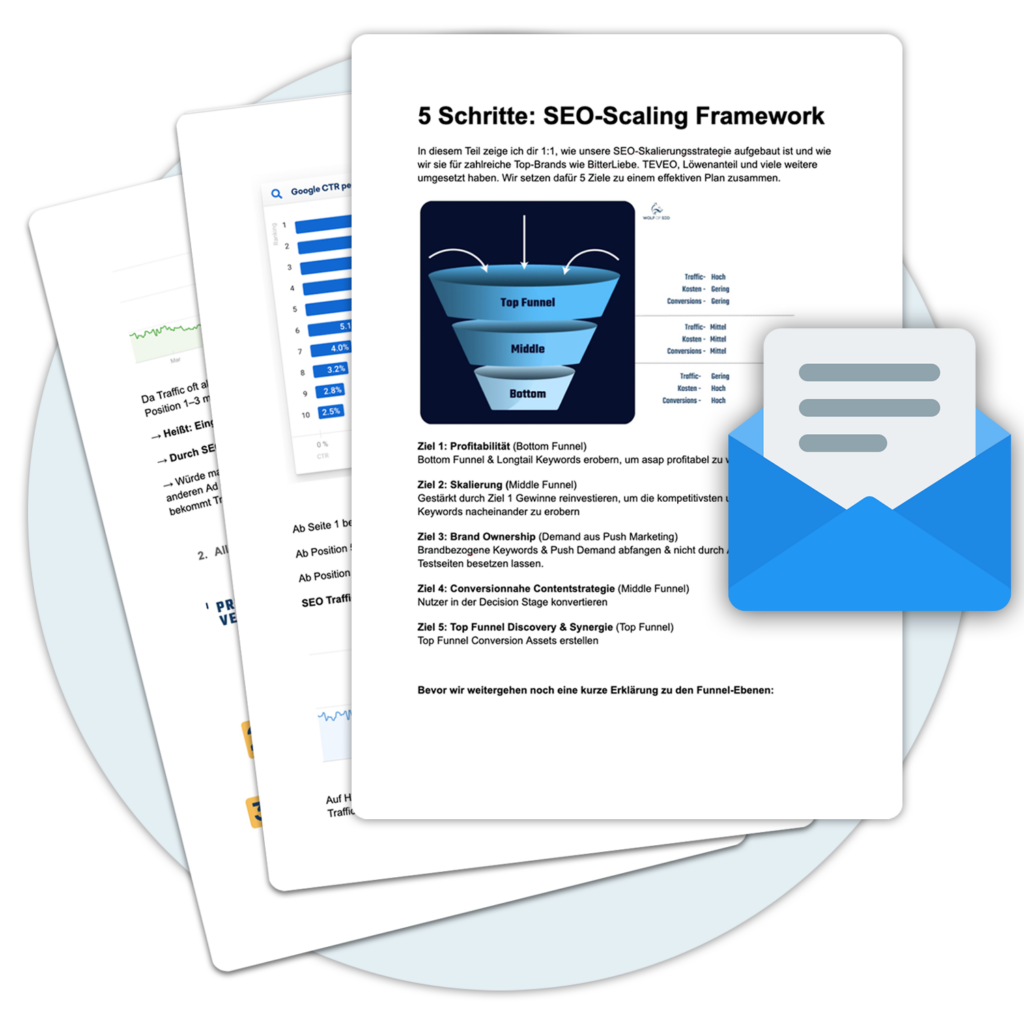What is a web app?
Web Apps are versatile application software that can be accessed via the internet without the need for installation on the device. This type of software uses the capabilities of a web browser to provide access, which means that it can be used on all devices with a supported web browser. Browser whether on a desktop computer or a mobile device. The platform-independent nature of web apps enables a consistent user experience across different operating systems.
Due to their accessibility, web apps offer a flexibility that is of great benefit in today's digital world. The need for a stable internet connection is an essential part of their mode of operation, but there are also advances that allow for limited offline use. One of the notable features of web apps is their ability to provide security updates immediately in the Browser which makes additional downloads unnecessary. These advantages make web apps a cost-effective alternative to their native counterparts, especially in development and operation.
Differences to native apps and websites
A significant difference between Web Apps and native apps lies in their development and use. While native apps have to be programmed specifically for certain platforms such as iOS or Android and installed on the device, web apps work directly in the Browser. This diversity is reflected in the use of the device functions, because native apps often have comprehensive access to hardware functions such as the camera or GPS, while web apps are limited in this respect.
However, unlike simple websites, which are primarily informative, web apps offer interactive elements and specific functions. Websites aim to provide information and usually require a constant internet connection to operate. Web apps, on the other hand, can be interactive and in some cases have offline functionalities. This combination of accessibility and interactivity makes web apps a flexible and resource-efficient alternative that is becoming increasingly popular in the digital world.
Advantages of web apps
A significant advantage of Web Apps is their Platform independence. As they are in Browser If the apps are executed in a standardized way, they can be used on a variety of devices and operating systems without the need for customization. This significantly reduces development and maintenance costs, as a standardized version of the app can be provided for all users. The direct integration of security updates in the Browser also ensures increased security, as users do not have to worry about manual updates or re-downloads.
Another plus is the Cost efficiency in development. Compared to native apps, which have to be customized for each platform, web apps are often easier and cheaper to develop. This is partly due to the fact that they are based on standardized web technologies such as HTML, JavaScript und CSS basieren. Schließlich bieten Web Apps durch ihre Verfügbarkeit im Internet einen unkomplizierten Zugang für Nutzer, die einfach eine URL eingeben und die App sofort nutzen können, ohne zuvor eine Installation vornehmen zu müssen.
Challenges and future developments
One of the main Challenges of web apps is their browser compatibility. As there are various Browser-engines, the representation and functionality of a Web App from Browser at Browser vary. This requires additional development effort to ensure that the app works consistently on all common platforms. In addition, web apps are limited in their ability to access device-specific functions, which reduces their appeal in certain scenarios.
Future developments
Progress in the area of Progressive Web Apps (PWA) könnte einige dieser Herausforderungen adressieren. PWAs kombinieren die Vorteile von Web- und nativen Apps und ermöglichen Zugang zu Hardware-Funktionen. Mit der Verbreitung von 5G-Netzwerken wird eine schnellere und zuverlässigere Internetverbindung erwartet, was die Leistung und Akzeptanz von Web Apps fördern dürfte. Zudem könnten neue Tools und Technologien die Entwicklung jeder Web App more efficiently by making the crossBrowser-compatibility. Overall, these trends offer potential for significant improvements in the user experience and functionality of web apps.
Development and programming of web apps
The Development and Programming of web apps is based on the fundamentals of web technologies. HTML, CSS and JavaScript are used to design the user interface and interactivity. These technologies ensure that web apps appear accessible and appealing on different devices by supporting the responsive design concept. Programming is often done in frameworks or libraries that structure the code and speed up development.
Low-code/no-code platforms
An emerging trend in the development of web apps are Low-code/no-code platforms, die es ermöglichen, schnell Prototypen zu erstellen, ohne tiefgehende Programmierkenntnisse zu benötigen. Diese Plattformen bieten visuelle Entwicklungsumgebungen, in denen Benutzer durch Drag-and-Drop genügend Funktionalitäten hinzufügen können, um eine funktionsfähige App zu erstellen. Dies erleichtert insbesondere Unternehmen mit begrenzten technischen Ressourcen den Einstieg in die Web App-Entwicklung. Insgesamt führen diese modernen Ansätze zu einer effizienteren Entwicklung und verkürzen die «Time-to-Market», was den Wettbewerbsvorteil von Unternehmen im digitalen Geschäftsumfeld stärkt.
« Back to Glossary Index






